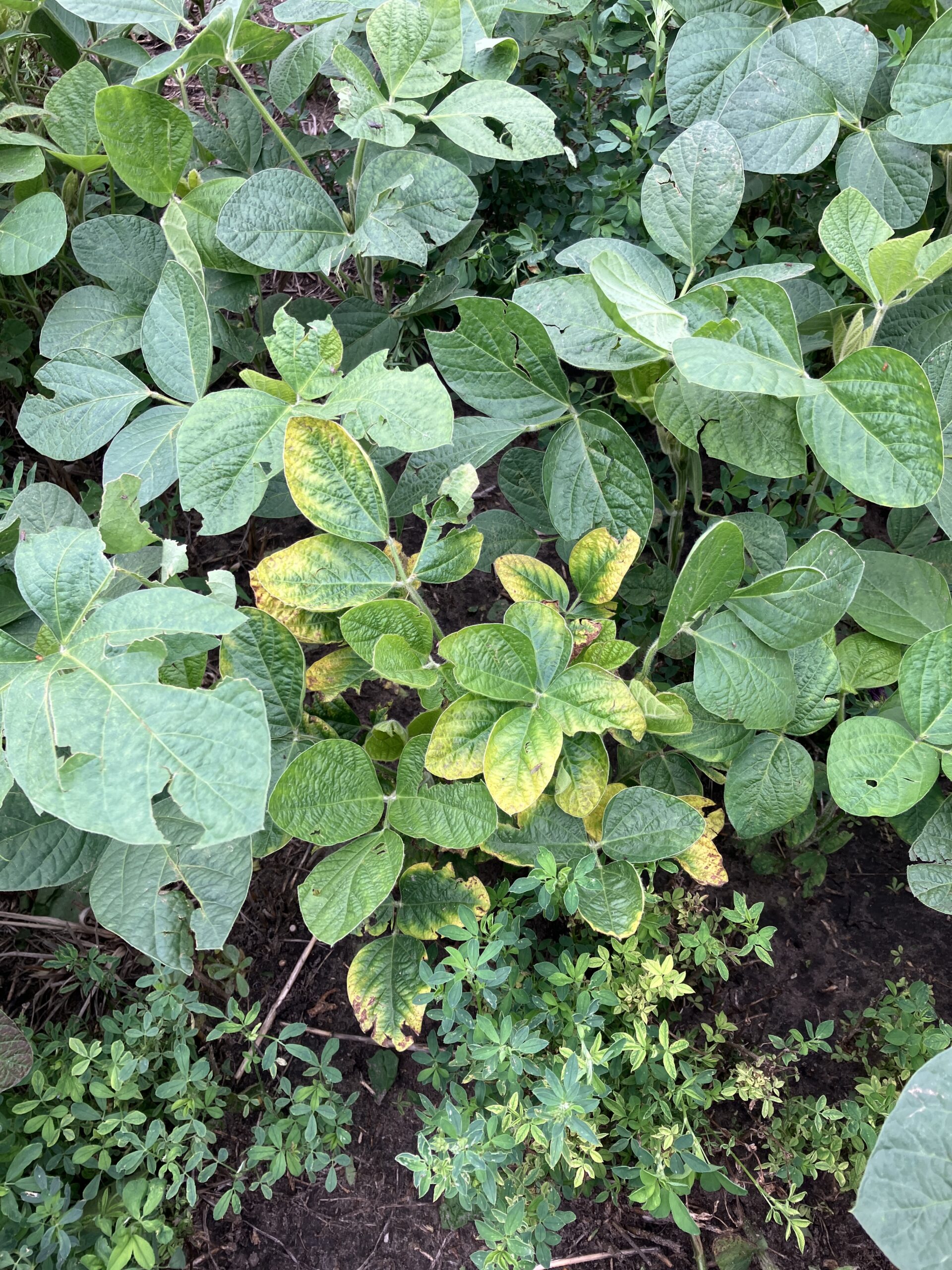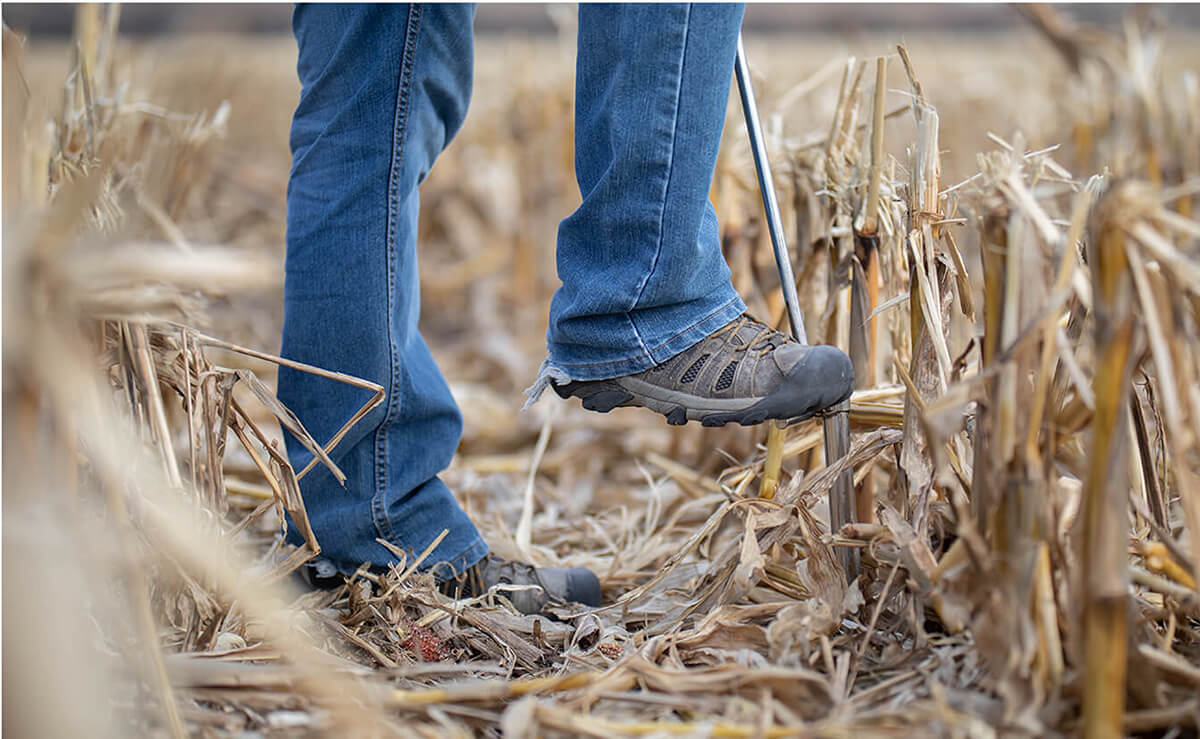
Plant Analysis: A Reliable Decision-Making Tool
Farmers and agronomists have been using plant analysis for the past few decades to identify fertility needs. Plant analysis allows producer to direct side dress or use pivot applications of crop nutrients precisely. Information gained from plant analysis is only as good as the sample itself. So, it’s important to remember these steps when you’re out in the field this month.
Step one:
What part of the plant are we looking for? It is critical to take the correct leaf or grouping of leaves. This way, we can balance looking at both mobile and non-mobile plant nutrients. For example, if we take a soybean trifoliate that has not fully opened, nutrients are still being “pumped” to the new tissues. Full photosynthetic capacity may not be occurring yet. We are not accurately showing what might be going on in that soybean plant.
Step two:
Where in the field are we sampling? We should collected multiple leaves to ensure our sample is statistically representative of the field or area of interest. As we move from sampling point to sampling point, we need to make sure that different planter and fertilizer application passes are represented. Avoiding field edges or turn rows is also critical.
Step three:
When is the sample being taken? Ward Laboratories, INC. has good data for interpretation from seedling stages to beginning grain fill. As many of our corn and soybean fields begin to tassel or flower, it is important to remember that we still have 40 to 60 percent of nutrient uptake yet to occur, so sampling now will provide an excellent status report on our fertility and allow us to plan some late top-dress or pivot applications.
Originally Printed in the Ward Letter August 2019.



